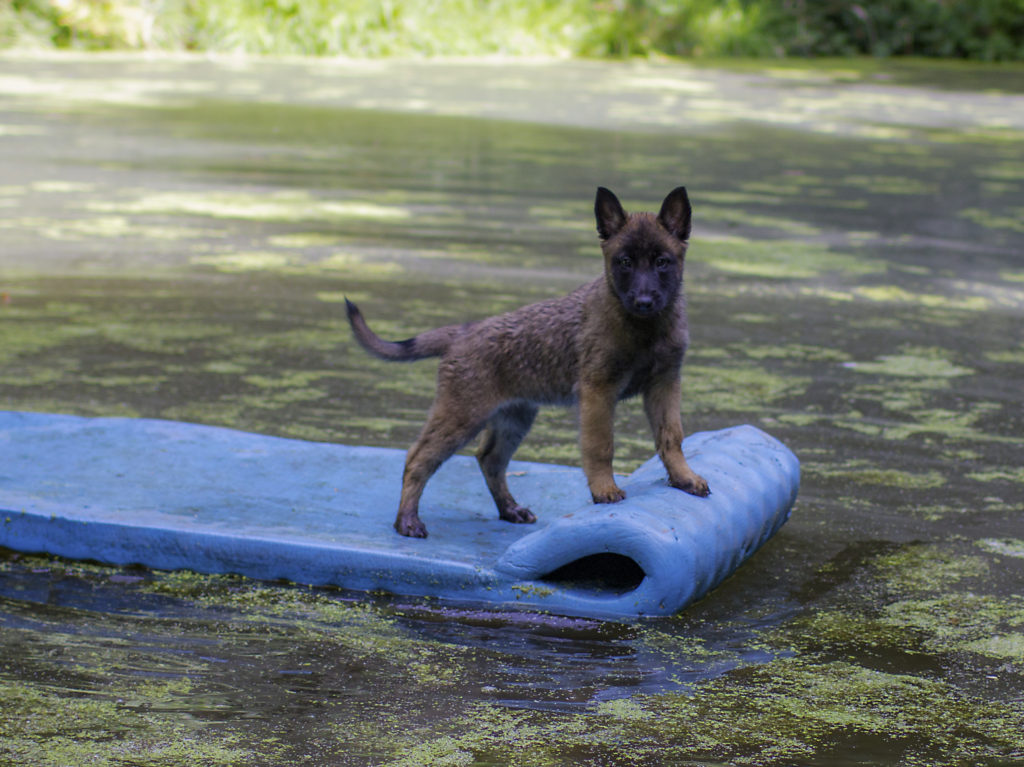The central notion of the Animal Rights movement is that “animals deserve consideration of their interests”. Let us consider captivity as it relates to the interests of animals:
There are an wide range of natural lives and captive lives, and one can easily and misleadingly look at the best example of either and compare it to the worst example of the other and reach whatever conclusion one wants to reach. Too often people compare the very best and most idyllic moment in a wild life with the worst example of atrocious captivity, and reach a skewed conclusion. For the sake of this article I am going to try to compare an average wild life with an average captive life. Since the question is whether or not captivity can be in the best interests of animals, we need to look at a reasonably good example of captive life to decide whether or not it can be a good life and if we believe it can then we can turn our attention to determining what conditions need to be met.
The natural life of a wild animal is rarely the idyllic picture that Disney, your parents, and some animal rights advocates would like you to believe. Nature is harsh and unforgiving, and most wild animals live very difficult lives. They are almost always inundated with fleas, ticks, intestinal worms, heartworms, and other parasites. They are plagued by flies and mosquitoes. They spend much of their life without enough food or water, or drinking brackish filthy water. They are often hunted and killed by animals of other species. They are often dominated or attacked by members of their own species over territorial or mating disputes. They are uncomfortably cold and wet or hot most of the time. They are unvaccinated against even the most common diseases and their injuries and illnesses go untreated and are often agonizing and eventually fatal. They are shot, poisoned, leg-trapped, or struck by cars. They are under constant stress and are always held captive by geographic boundaries or other animals’ ranges. They are often bred every season regardles of their health, and many of their offspring die. A wild animal’s life expectancy is generally less than half what it would be in captivity and much of that time is full of fear, stress, and discomfort.
A reasonably well cared-for animal has a very different life: it has ample space without threat of predation. It has clean, fresh water at all times. It is fed high quality balanced meals regularly and given vitamins, supplements, and treats to ensure maximal health. It is kept close to an ideal temperature at all times, and has dry clean bedding. It rarely encounters any parasites. It is given excellent preventative care, and any injury it sustains is treated immediately and pain management is provided. It is exercised regularly and given lots of enrichment so it is not bored. If appropriate it is housed with other compatible animals so it has companionship without risk. It is weighed and bathed. If needed it may receive massage or chiropractic treatments. Many captive animals are never bred, but those that are often are bred at comparatively infrequent intervals and given superlative prenatal care and their offspring have a very high likelihood of surviving. A captive animal’s life expectancy is generally two to three times longer than that of their wild counterparts, and for much more of their lives they are healthy, robust, and comfortable.
The only intrinsic difference between a wild animal and a well-kept animal is that the captive animal has a person dedicated to tending to its every need. If a captive animal were cared for in a manner identical to “nature”, the owner would be arrested for neglect and abuse immediately.
Very few adult humans chose to live a “wild” life. While we value our freedom dearly, we also value health and comfort and convenience. (Humans who value freedom so highly that they forego comfort to live without walls are called “homeless”, and most of us do not consider their choice optimal)
Over the years we have had several animals who came to us at a young age from the wild due to injury or accident whom we have raised as citizens of both worlds. We live far out in the woods and let them come and go at will. Not only did they stay, but also they spent the vast majority of their time lying on the down comforter rather than being outside. The only way I could get them to go act wild is to go out and call them and play with them, and as soon as I went back inside so did they. This is a well known issue in rehabilitation—one must be careful not to let the animal acclimate too much to captivity or they will prefer a comfortable captive life to the wild and will become unreleasable.
Some people argue that captivity is bad and all animals deserve to be wild and captive animals should be freed or eradicated. The point of this post is to honestly and carefully consider that view: animals have lives in captivity that are every bit as rich and full as in the wild, and in general they are longer, healthier, more comfortable, and by any practical criteria better.
Animals do indeed deserve consideration of their interests, and it is unmistakably clear that, if we can look past our preconceptions and biases, captivity is often the very best life to achieve those interests.

